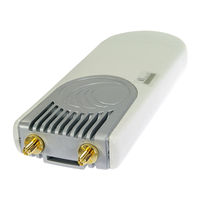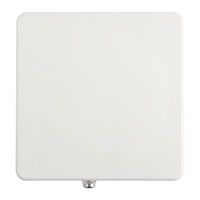Cambium Networks ePMP 2000 Access Point Manuals
Manuals and User Guides for Cambium Networks ePMP 2000 Access Point. We have 2 Cambium Networks ePMP 2000 Access Point manuals available for free PDF download: User Manual
Cambium Networks ePMP 2000 User Manual (479 pages)
ePMP series
Brand: Cambium Networks
|
Category: Wireless Access Point
|
Size: 10 MB
Table of Contents
-
-
-
TDD Cycle24
-
Mimo24
-
Encryption25
-
Pmp Networks26
-
-
Web Server28
-
Snmp30
-
-
-
Configuration
100-
-
Ap Monitor Menu153
-
Ap Tools Menu171
-
AP Edetect Page178
-
AP Ealign Page186
-
AP Ping Page190
-
-
Sm Monitor Menu242
-
SM Tools Menu264
-
Radius Server278
-
-
Testing Hardware296
-
-
-
Definitions304
-
Grant of License304
-
Confidentiality306
-
Transfer306
-
Updates306
-
Maintenance306
-
Disclaimer307
-
U.s. Government307
-
Term of License308
-
Governing Law308
-
Assignment308
-
Entire Agreement308
-
Preamble324
-
-
P Ppd and Pppoe389
-
Uci390
-
Udevtigger391
-
U Httpd392
-
W Get V 1.10.2393
-
W Ireless-Tools395
-
K Lish398
-
C Onntrack-Tools403
-
Odhcp6C415
-
Memtester416
-
-
-
Notifications464
-
Glossary478
-
Advertisement
Cambium Networks ePMP 2000 User Manual (172 pages)
Cambium PMP Synchronization Solutions
Brand: Cambium Networks
|
Category: Wireless Access Point
|
Size: 5 MB
Table of Contents
-
-
-
-
-
Log in38
-
-
-
-
-
Power69
-
CMM Planning74
-
Cables83
-
-
Log in93
-
User Update94
-
Add User95
-
Delete User96
-
Configuring VLAN102
-
-
Avoiding Hazards111
-
Cables112
-
Power Faults131
-
-
-
-
Legal Notices166

